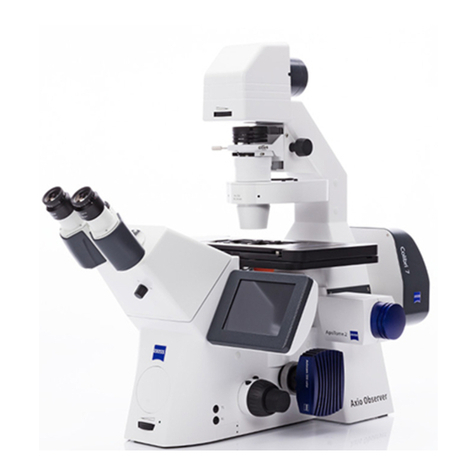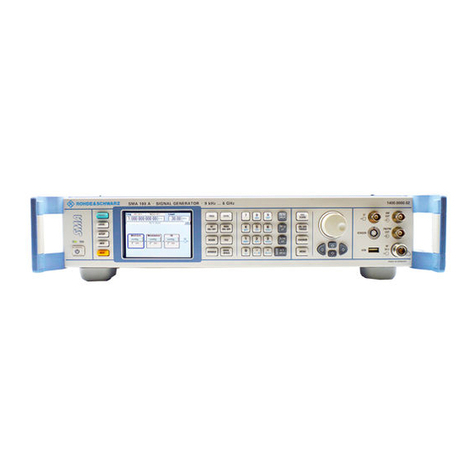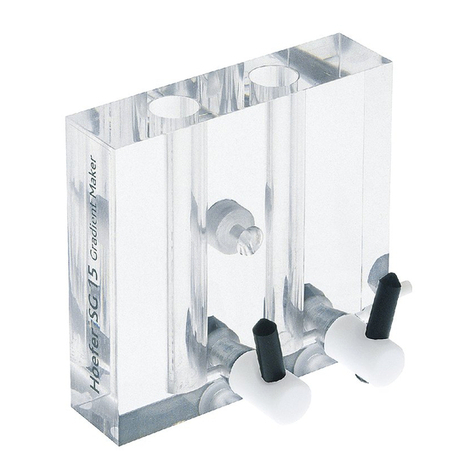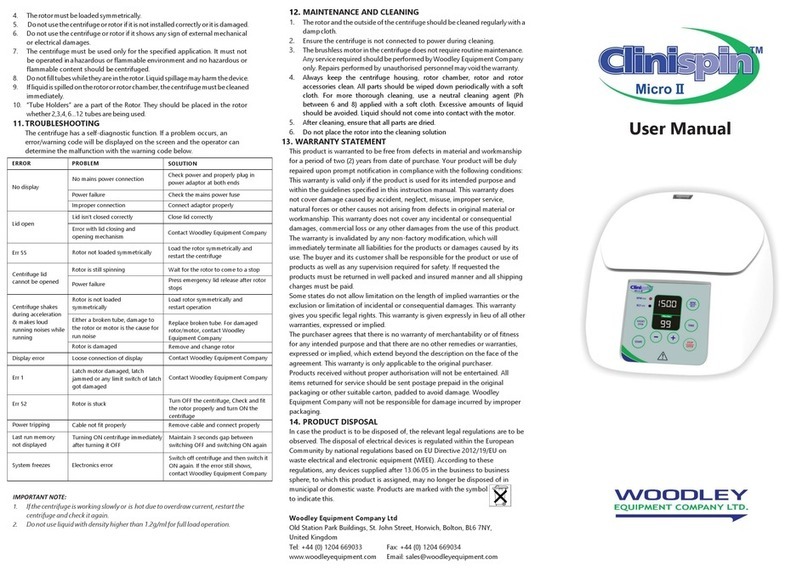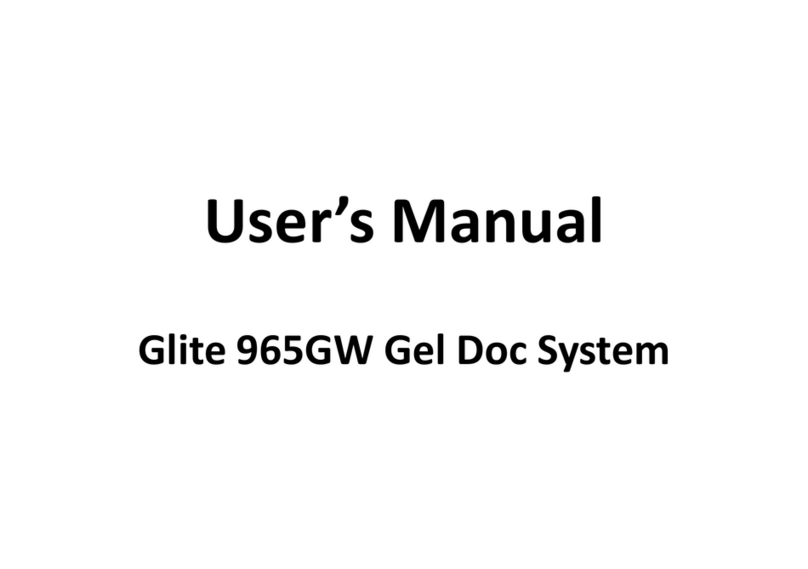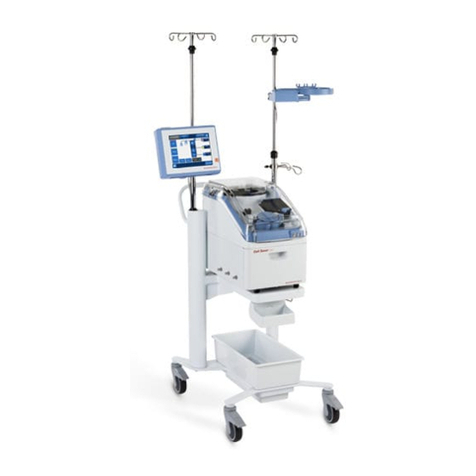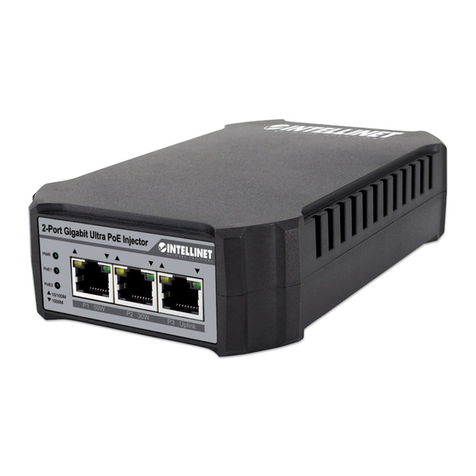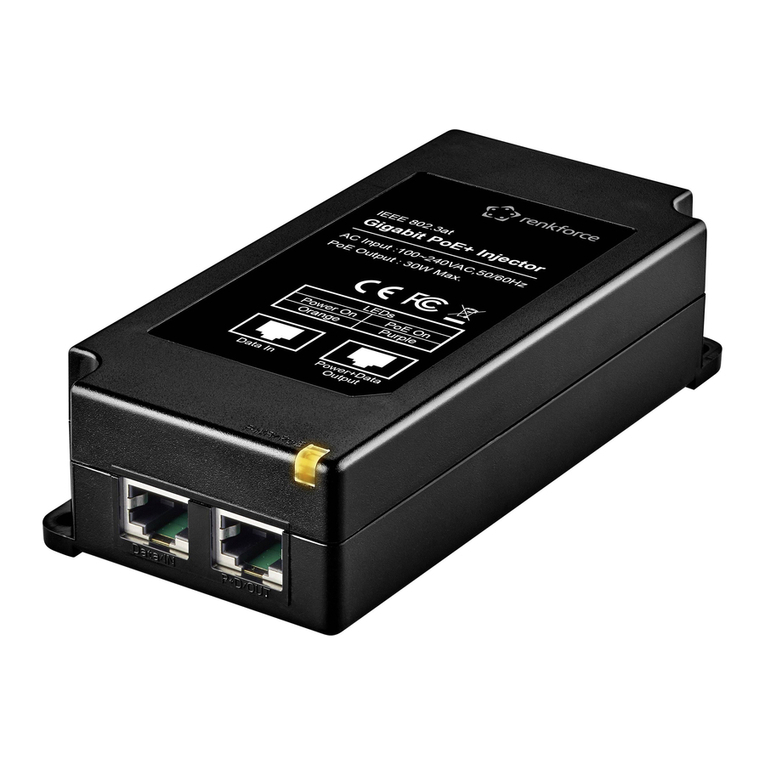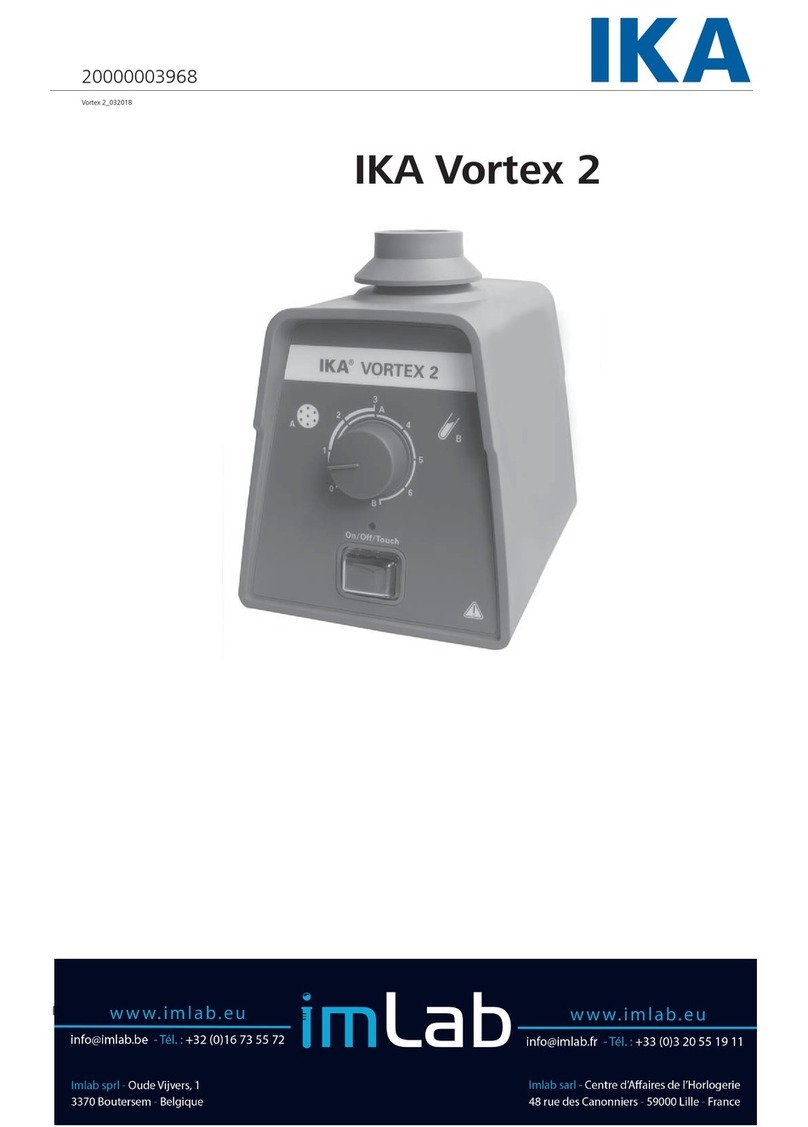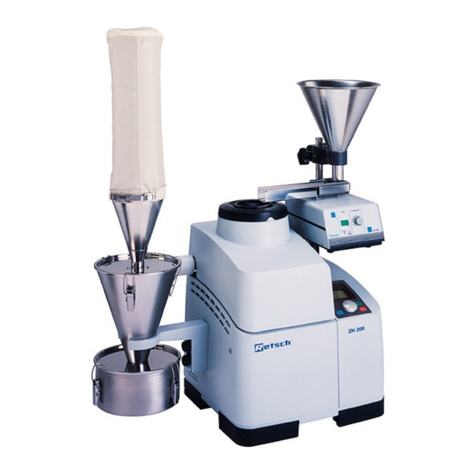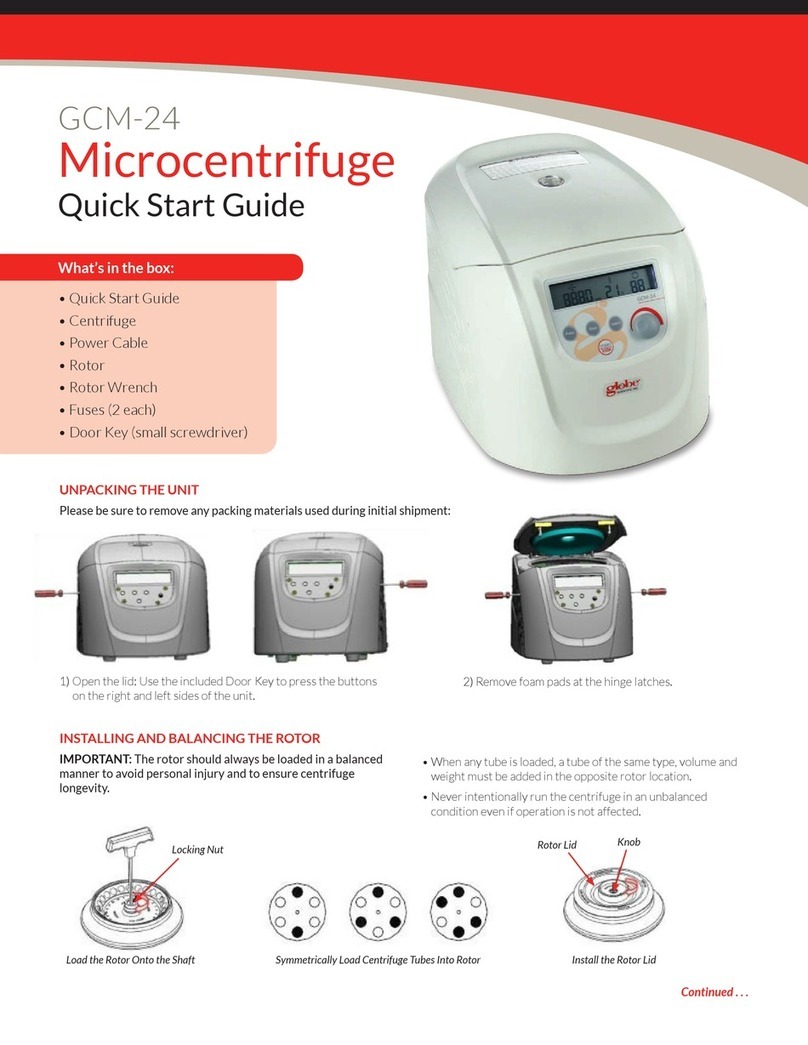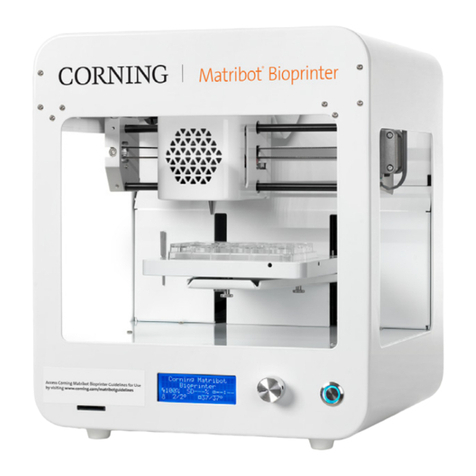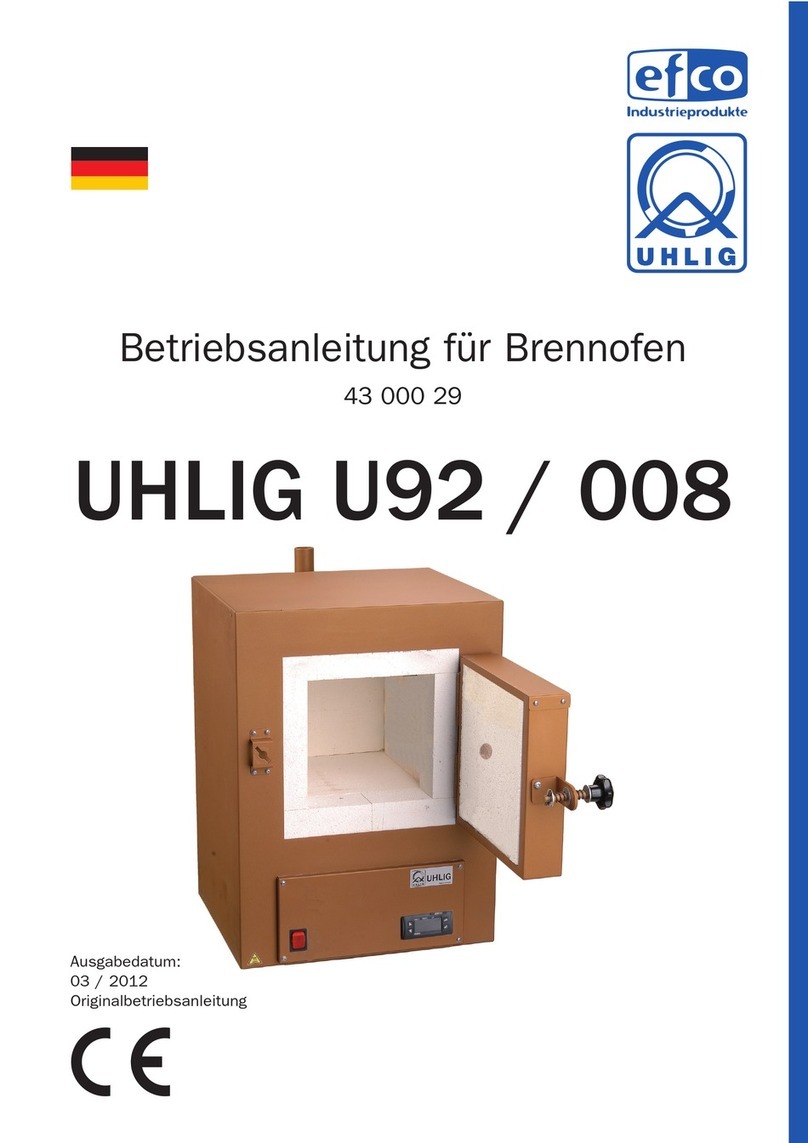Flexicon PF7 User manual

PF7/PF7+ Peristaltic Filler with QC14 Pumphead User
Manual
PF7/PF7+ Peristaltic Filler with QC14 Pumphead User Manual 1
EN EN EN EN EN EN EN EN EN EN EN EN EN EN EN EN EN

Contents
Section 1 - Safety notes and installation 8
1 Disclaimers 9
2 Declaration of conformity 10
3 Declaration of incorporation 11
4 Safety information 12
4.1 Definitions of symbols on the pump or pumphead 12
4.2 Intended purpose 12
4.3 Tube bridge open indicator 13
4.4 Shipping and handling 13
5 Peristaltic pumps - an overview 14
6 When you unpack your pump 15
6.1 Before storage 15
6.2 After storage 16
7 Lifting and carrying 17
8 Key features of QC14 pumphead 18
9 Pumphead mounting and removal 19
10 Installation position 20
11 Setting up the fluid path 21
11.1 Tube selection 21
11.2 Y-connector selection 22
11.3 Fluid path layout 23
12 Changing the tube 25
12.1 Maximising tube life 28
13 Connecting to a power supply 29
13.1 Checking and replacing the fuse 31
14 Control wiring 32
Section 2 - Pump operation 35
15 Pump controls and interface 39
15.1 Keypad operation 39
15.2 USB keyboard operation 40
15.3 USB devices 41
15.3.1 Compatible devices 41
15.3.2 USB device troubleshooting 42
PF7/PF7+ Peristaltic Filler with QC14 Pumphead User Manual 2
EN EN EN EN EN EN EN EN EN EN EN EN EN EN EN EN EN

3 PF7/PF7+ Peristaltic Filler with QC14 Pumphead User Manual
15.4 Glossary of icons 42
16 Switching the pump on for the first time 45
16.1 Powering up 45
16.2 Language selection 46
16.3 Enable United States Food and Drug Administration (FDA) 21CFR
Part 11 Compliance 47
16.3.1 FDA 21CFR Part 11 compliant functions 47
16.4 Setting the time zone 48
16.5 Setting the filling method 49
16.6 Setting the pump administrator 50
16.7 Setting a password 50
17 Switching the pump on after initial setup 52
18 Log in 53
18.1 Select a user 53
18.2 Enter the username if FDA 21CFR Part 11 compliance is enabled 54
18.3 Entering your password 54
19 Menu navigation 56
20 Recipe mode 57
20.1 Load recipe 57
20.2 Create new recipe 58
20.3 Volume 58
20.4 Density 58
20.5 Tube size 58
20.6 Speed 59
20.7 Acceleration 59
20.8 Deceleration 59
20.9 Anti-drip 59
20.10 Start delay 60
20.11 End delay 60
20.12 First fill delay 60
20.13 Between fill delay 60
20.14 Vial weight 61
20.15 Vial weight tolerance 61
20.16 Weigh check frequency 62
20.17 Fill tolerance 63

20.17.1 Setting fill tolerance limits 64
20.18 Auto-recalibration tolerance 65
20.19 Recalibration reminder 65
20.20 Recalibration pause 65
20.21 Protected recipe 66
20.22 Save recipe 66
20.23 Print recipe 66
20.24 Delete recipe 66
21 Priming and continuous pumping mode 67
21.1 Prime slow and Prime fast 68
21.2 Continuous pumping 68
21.3 Fluid recovery 69
21.4 Priming the pump 69
21.4.1 Eliminating trapped air from the tube 69
22 Calibrate mode 70
22.1 Single-fill calibration with a balance connected 71
22.1.1 Calibration value entry 71
22.1.2 Calibration summary 72
22.2 Single-fill calibration without a balance connected 73
22.2.1 Calibration summary 74
22.3 Multi-fill calibration with a balance connected 75
22.3.1 Calibration summary 77
22.4 Multi-fill calibration without a balance connected 78
22.4.1 Calibration summary 80
23 Dispense mode 81
23.1 Batch size 81
23.2 Batch name 81
23.3 Start manual batch 82
23.3.1 Calibration whilst dispensing 83
23.3.2 Auto-recalibration 85
23.3.3 Pausing a batch 87
23.3.4 Calibration whilst paused 88
23.3.5 Add note to report 89
23.3.6 Fluid sample 90
PF7/PF7+ Peristaltic Filler with QC14 Pumphead User Manual 4
EN EN EN EN EN EN EN EN EN EN EN EN EN EN EN EN EN

5 PF7/PF7+ Peristaltic Filler with QC14 Pumphead User Manual
23.3.7 End batch 90
23.4 Start Zero waste batch 91
23.4.1 Start Zero waste batch 94
23.4.2 Zero waste filling - weigh checked fill 95
23.4.3 Zero waste filling - non weigh checked fill 97
23.4.4 Pausing a Zero waste batch 98
23.4.5 Resuming a Zero waste batch 98
23.5 Test fill 99
23.6 Index filling machine 99
24 Reports mode 100
24.1 View batch report 101
24.2 Print batch report 103
24.3 Delete batch report 103
24.4 Export reports to USB flash drive 103
25 Settings mode 104
25.1 Log out 104
25.2 Filling method 104
25.3 Units 105
25.4 Language 105
25.5 Change password 105
25.6 Operator access restrictions 105
25.7 Supervisor access restrictions 108
25.8 Printer and balance 108
25.9 Default recipe 108
25.10 Session timeout period 109
25.10.1 Session timeout while pumping fluid 109
25.11 Password expiry duration 109
25.12 Users 110
25.12.1 Block user 111
25.13 Prime speeds 112
25.14 Calibration settings 112
25.14.1 First calibration fill amount 112
25.14.2 Recalibration averaging 113
25.14.3 Weigh check option 113

25.14.4 Remove from batch option 113
25.15 Reporting 113
25.15.1 Batch reports 113
25.15.2 Auto delete 114
25.16 Time and date 114
25.17 Pump info 115
25.18 Sound level 115
25.19 Network 116
25.19.1 DHCP 116
25.20 Backup and reset 116
25.20.1 Delete all reports 116
25.20.2 Delete all recipes 116
25.20.3 Import all data 116
25.20.4 Export all data 119
25.20.5 Start USB firmware update 121
25.20.6 Factory reset 123
26 WMFTG NetTools — Network and user account setup 124
26.1 Connecting pump to a PC directly—Connection option 1 124
26.1.1 Configure pump for direct connection 124
26.1.2 Configure PC for direct connection 125
26.2 Connecting pump to a PC via Ethernet network— Connection
option 2 126
26.3 Initial pump set-up 127
26.3.1 User account setup for PC to Pump network connectivity 130
26.4 Generate a security certificate (Optional) 131
26.4.1 Generate a CA certificate 132
26.4.2 Install CA certificate in Windows 133
26.4.3 Use the CA certificate to generate a Device Certificate which is
installed on the PF7+ 139
27 WMFTG NetTools — Installation and operation 143
27.1 Installation of NetTools 143
27.2 Launch NetTools 143
27.2.1 User Interface 144
27.3 Logging in to the pump 145
27.4 Changing the pump name 147
PF7/PF7+ Peristaltic Filler with QC14 Pumphead User Manual 6
EN EN EN EN EN EN EN EN EN EN EN EN EN EN EN EN EN

7 PF7/PF7+ Peristaltic Filler with QC14 Pumphead User Manual
27.5 Saving a recipe 149
27.6 Saving a report 151
27.7 Saving an audit trail log 152
27.8 Saving a batch report without a network using USB flash drive 153
27.9 Export as PDF 155
Section 3 - Technical specifications and ordering 158
28 Pump specifications 159
29 Materials of construction 161
29.1 Dimensions 162
30 Spares and accessories 163
31 Pump maintenance (including cleaning) 166
31.1 Service 166
31.2 Cleaning 166
32 Troubleshooting 168
33 Warranty 169
33.1 Conditions 169
33.2 Exceptions 169
34 Returning pumps 171
35 Name and address of manufacturer 172
36 Trademarks 173
37 Version history 174
Section 4 - List of figures and tables 175
38 List of figures 176
39 List of tables 178

Section 1 - Safety notes and
installation
1 Disclaimers 9
2 Declaration of conformity 10
3 Declaration of incorporation 11
4 Safety information 12
4.1 Definitions of symbols on the pump or pumphead 12
4.2 Intended purpose 12
4.3 Tube bridge open indicator 13
4.4 Shipping and handling 13
5 Peristaltic pumps - an overview 14
6 When you unpack your pump 15
6.1 Before storage 15
6.2 After storage 16
7 Lifting and carrying 17
8 Key features of QC14 pumphead 18
9 Pumphead mounting and removal 19
10 Installation position 20
11 Setting up the fluid path 21
11.1 Tube selection 21
11.2 Y-connector selection 22
11.3 Fluid path layout 23
12 Changing the tube 25
12.1 Maximising tube life 28
13 Connecting to a power supply 29
13.1 Checking and replacing the fuse 31
14 Control wiring 32
PF7/PF7+ Peristaltic Filler with QC14 Pumphead User Manual 8
EN EN EN EN EN EN EN EN EN EN EN EN EN EN EN EN EN

9 PF7/PF7+ Peristaltic Filler with QC14 Pumphead User Manual
1 Disclaimers
The information in this document is believed to be correct, but Watson- Marlow
Flexicon A/S accepts no liability for any errors it contains, and reserves the right to
alter specifications without notice.
WARNING: This product must not be used for patient-connected
applications.
This logo means the feature is exclusive to PF7+.

2 Declaration of conformity
Watson-Marlow Limited
Falmouth
Cornwall
TR11 4RU
England
1. PF7/PF7+ Peristaltic Filler.
2. Manufacturer:
Watson Marlow Ltd
Bickland Water Road
Falmouth
TR11 4RU
UK
3. This declaration of conformity isissued under the sole responsibility of the manufacturer.
4. All models and versions of the PF7/PF7+ series of peristaltic filler with all approved pumpheads, tubing and
accessories.
5. The object of the declaration described above is in conformity with the relevant Union harmonisation legislation:
Machinery Directive 2006/42/EC
EMC Directive 2014/30/EU
ROHS Directive EU 2016/863
6. Harmonised standards used:
BS EN61010-1:2010+A1-2019 Safety requirements for electrical equipment for measurement, control, and
laboratory use Part 1: General Requirements
BS EN61326-1:2013 Electrical equipment for measurement, control and laboratory use – EMC requirements Part 1:
General Requirements
BS EN60529:1992+A2:2013 Degrees of protection provided by enclosures (IP code)
7. Intertek Testing and Certification Ltd, No: 3272281, performed compliance testing to UL 61010-1:2012 and CSA
C22.2#61010-1-12:2012 and issued certification of compliance to these standards.
Signed for and behalf of:
Watson Marlow Ltd
Falmouth, 01 April 2021
Simon Nicholson, Managing Director, Watson-Marlow Limited
Watson-Marlow Fluid Technology Group Telephone +44 (0) 1326 370370
A Spirax-Sarco Engineering plc company
EU declaration of conformity
PF7/PF7+ Peristaltic Filler with QC14 Pumphead User Manual 10
EN EN EN EN EN EN EN EN EN EN EN EN EN EN EN EN EN

11 PF7/PF7+ Peristaltic Filler with QC14 Pumphead User Manual
3 Declaration of incorporation
Watson-Marlow Limited
Falmouth
Cornwall
TR11 4RU
England
1. Manufacturer:
Watson Marlow Ltd
Bickland Water Road
Falmouth
TR11 4RU
UK
2. Person authorised to compile the technical documentation:
Nancy Ashburn
Design and Engineering Director
Watson Marlow Ltd
Bickland Water Road
Falmouth
TR11 4RU
3. All models and versions of the PF7/PF7+ series of peristaltic fillerwith all approved pumpheads, tubing and
accessories.
4. The essential Health andSafety requirements (Annex 1) of the Directive have been applied and fulfilled and the
relevant technical documentation has compiled in accordance with part B of AnnexVII of the directive. This unit is also
in compliance with the following directives:
Machinery Directive 2006/42/EC
EMC Directive 2014/30/EU
ROHS Directive EU 2016/863
5. We undertake to transmit, in response to a reasoned request, by appropriate national authorities, relevant information
on the partly completedmachinery identified above, and shall be without prejudice to our intellectual property rights.
The method of transmission shall be bymail or email.
6. In accordance with the Machinery Directive 2006/42/EC this unit must not be putinto service until the final machinery
into which it is to be incorporated has been declared inconformity with the provisions of thedirective where
appropriate.
Signed for and behalf of:
Watson Marlow Ltd
Falmouth, 01 August 2020
Simon Nicholson, Managing Director, Watson-Marlow Limited
Watson-Marlow Fluid Technology Group Telephone +44 (0) 1326 370370
A Spirax-Sarco Engineering plc company
EU declaration of incorporation

4 Safety information
This safety information should be used in conjunction with the rest of this operating
manual.
This pump and pumphead should only be used by competent, suitably trained
personnel after they have read and understood the manual and considered any
hazard involved. If the pump is used in a manner not specified by WMFTG , the
protection provided by the pump may be impaired. Any person who is involved in
the installation or maintenance of this equipment should be fully competent to carry
out the work. This person should also be familiar with the appropriate local health
and safety regulations.
4.1 Definitions of symbols on the pump or pumphead
An appropriate safety instruction should be followed or caution to
a potential hazard exists.
Rotating Parts
Complies with the applicable EC directives
Dangerous voltage
The pump or packaging cannot be handled as domestic waste.
Dispose of the pump and packaging at an appropriate recycling
centre for the recovery of electrical and electronic equipment.
4.2 Intended purpose
The PF7/PF7+ is a peristaltic fluid dispensing pump suitable for viscous, shear-
sensitive hygienic and aseptic applications. This pump must be used only for its
intended purpose.
WARNING: This product must not be used for patient-connected
applications.
PF7/PF7+ Peristaltic Filler with QC14 Pumphead User Manual 12
EN EN EN EN EN EN EN EN EN EN EN EN EN EN EN EN EN

13 PF7/PF7+ Peristaltic Filler with QC14 Pumphead User Manual
4.3 Tube bridge open indicator
There are rotating parts inside the pumphead. Isolate the pump
from input power before opening the pumphead tube bridge or
access tray.
The pumphead features magnetic safety switches in both the tube
bridge and access tray. If the tube bridge or access tray are
opened the pump will not operate and a warning screen is
displayed.
The tube bridge must be closed for the warning screen to clear and the pump to
start.
Additionally for the QC14 pumphead the access tray must be closed for the warning
screen to clear and the pump to start.
4.4 Shipping and handling
The pump does not require special precautions to ship.
The PF7 contains a non-replaceable Manganese Dioxide Lithium Battery (Li/MnO2),
IEC CR2032, with a typical capacity of 225 mAh, containing 0.07 g of Lithium.
The PF7+ contains a non- replaceable Manganese Dioxide Lithium Battery
(Li/MnO2), IEC CR2016, with a typical capacity of 140 mAh, containing 0.0036 g of
Lithium.

5 Peristaltic pumps - an overview
Rollers or shoes in a peristaltic pump compress the tube or hose as they rotate,
creating a vacuum which draws fluid through the tube.
Nothing but the pump tube or hose touches the fluid, eliminating the risk of the
pump contaminating the fluid, or the fluid contaminating the pump.
www.wmftg.com/how-do-peristaltic-pumps-work
The figure shows fluid being drawn into a pump tube, trapped by the pumphead
roller, and expelled when the next roller passes over the tube. As the rollers rotate,
a vacuum is formed in the tube, pulling in more fluid, for the next roller pass.
The complete closure of the tube when it is occluded (squeezed) between the roller
and the track, gives the pump its positive displacement action, preventing backflow
and eliminating the need for check-valves when the pump is not running.
Peristaltic pumps are self-priming and self-sealing against backflow. No valves are
required in infeed or discharge line, except those specified in "Table 3 - Tube sizes"
on page 21.
PF7/PF7+ Peristaltic Filler with QC14 Pumphead User Manual 14
EN EN EN EN EN EN EN EN EN EN EN EN EN EN EN EN EN

15 PF7/PF7+ Peristaltic Filler with QC14 Pumphead User Manual
6 When you unpack your pump
Lift the pump according to standard Health and Safety guidelines
using both lifting points. (Refer to "Lifting point locations" on
page 17)
DO NOT lift the pump by holding the pumphead as the access tray
can disengage.
1. Unpack all parts carefully, retaining the packaging.
2. Make sure you have all components in "Supplied components" below:
Table 1 - Supplied components
PF7/PF7+ pump drive unit, fitted with a QC14 pumphead.
QC14 pumphead tube lock set
Power supply cable for country of use
Safety information booklet
3. Inspect components for damage. If anything is missing or damaged, contact
your Watson-Marlow sales office or distributor.
4. Dispose of the packaging at an appropriate recycling centre. The outer carton
is made of corrugated cardboard.
6.1 Before storage
Pump:
1. Make sure you have all components in "Supplied components" above.
2. Refer to "Pump specifications" on page 159 for storage specifications.
Tubing:
1. Make sure use-by-dates are clearly marked.

6.2 After storage
Pump:
1. Make sure you have all components in "Supplied components" on the previous
page.
2. Inspect components for damage.
3. Make sure that all parts of the pump work correctly.
Tubing:
1. Inspect for damage.
2. Make sure tubing use-by-dates are not exceeded.
PF7/PF7+ Peristaltic Filler with QC14 Pumphead User Manual 16
EN EN EN EN EN EN EN EN EN EN EN EN EN EN EN EN EN

17 PF7/PF7+ Peristaltic Filler with QC14 Pumphead User Manual
7 Lifting and carrying
Disconnect the power cable and other wired connections and
remove the tube from the pumphead before moving the pump.
Failure to do so could result in a trip hazard or damage to the
pump, cables, connectors or tube.
Lift the pump according to standard Health and Safety guidelines
using both lifting points. (Refer to "Lifting point locations" below)
DO NOT lift the pump by holding the pumphead as the access tray
can disengage.
11
1 Lifting points
Figure 1 - Lifting point locations

8 Key features of QC14 pumphead
Figure 2 - Key features of QC14 pumphead
Table 2 - Key features of QC14 pumphead
Name Description
1. Tube Bridge The removable upper portion of the pumphead.
2. Locking
lever* Locks the tube bridge in place.
3. Track
Maintenance free spring loaded track fingers.
Accommodate different Accusil tube sizes
without adjustment.
4. Rotor Rotates to produce smooth accurate flow.
5. Access tray* Removable tray for pumphead cleaning. (Note:
Access tray is consumable wearing part)
*Pumphead safety—Pump will only operate when the integral safety switches are
in the correct position.
PF7/PF7+ Peristaltic Filler with QC14 Pumphead User Manual 18
EN EN EN EN EN EN EN EN EN EN EN EN EN EN EN EN EN

19 PF7/PF7+ Peristaltic Filler with QC14 Pumphead User Manual
9 Pumphead mounting and removal
Isolate from power supply to secure the motor against accidental
start-up. Only qualified personnel can lift, transport, install,
operate, maintain and repair the pump.
The pumphead is held in position with two hex bolts located as shown below. To
remove the pumphead, use a 5 mm hex key to remove the bolts.
The hex bolts are tightened to the pump using 3.6-4 Nm of torque.
Figure 3 - Pumphead mounting and removal

10 Installation position
This product does not comply with the ATEX directive and must
not be used in explosive atmospheres.
•Position the pump on a work surface or bench.
•Clear the top, front and back of the pump of obstructions so the controls and
wiring connections are easily accessible when the pump is in use. The pump's
power input plug is the disconnecting device (for isolating the motor drive
from the power supply in an emergency).
PF7/PF7+ Peristaltic Filler with QC14 Pumphead User Manual 20
EN EN EN EN EN EN EN EN EN EN EN EN EN EN EN EN EN
Other manuals for PF7
1
This manual suits for next models
2
Table of contents
Other Flexicon Laboratory Equipment manuals

